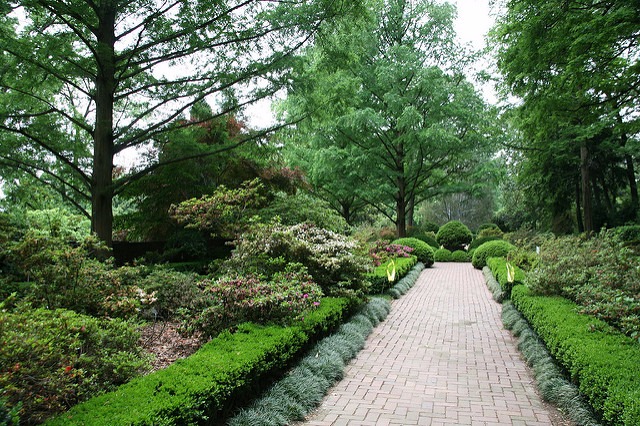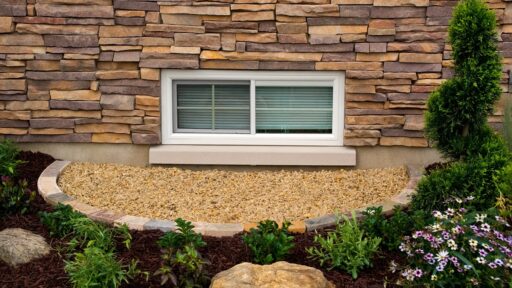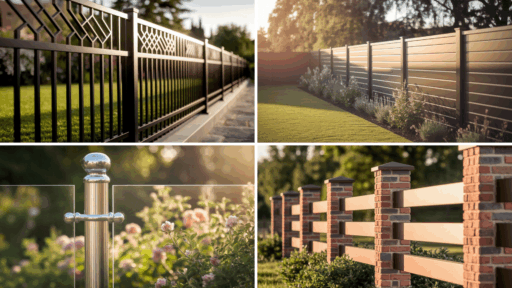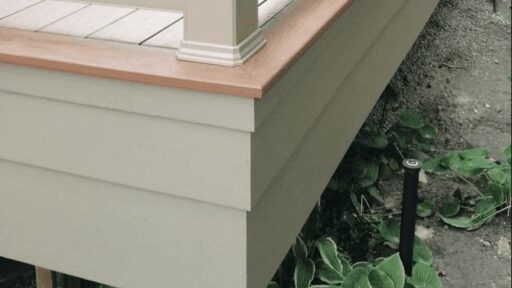Your home’s exterior is the first thing people see — and the first thing you see every day. It’s more than curb appeal. It’s about how your space feels from the outside in. Whether you live in a quiet neighborhood or a busy city block, the outside of your home should reflect your taste, your lifestyle, and what makes you feel good walking through the door.
Interior design gets a lot of attention, but the outside of your home deserves just as much thought. The colors, finishes, and layout you choose all speak to your personal style. A few smart upgrades can turn a plain or outdated exterior into a space that feels current, warm, and inviting.
The good news? You don’t need to start from scratch. There are simple ways to change the look of your home without a full overhaul. It starts with knowing which features make the biggest difference.
Start with the Structure and Finish
Before you dive into details, take a look at your home’s overall structure. Does it feel balanced? Does it reflect your style? Look at the shape of the roof, the material of the siding, the trim around your windows, and the overall lines of the building.
Over time, exterior materials wear down or lose their appeal. You might notice faded paint, cracked panels, or parts that don’t match your design preferences. These issues affect both appearance and comfort. Starting with the structure gives you a solid foundation on which to build.
If the outside of your home feels tired or mismatched with your taste, a full siding replacement might be the update that ties everything together, both in appearance and function. The siding is one of the largest and most visible parts of your home. When it’s in good shape and fits your style, it helps everything else look more pulled together.
Siding isn’t just cosmetic. It affects insulation, weather protection, and long-term upkeep. New siding can also allow you to choose updated materials and colors that better suit your current design goals. Whether you prefer a clean, modern finish or something more rustic, siding sets the tone.
Once that major element is handled, the smaller changes, like color or decor, make a lot more impact.
Pick a Color Scheme That Feels Like You
Color is one of the easiest ways to express your style. A well-chosen palette can turn a basic home into one that feels completely different. It doesn’t have to be bold to be effective — soft, neutral tones can look just as polished as brighter ones.
Think about the colors that appeal to you. Are you drawn to warm earth tones, clean whites and grays, or something more colorful? Keep in mind the climate, neighborhood vibe, and existing features like the roof or driveway. Your color choices should feel natural, not forced.
Try to create balance with contrast. If your siding is light, go darker with the shutters or door. If your trim is bold, keep the body color soft. A good color scheme helps the whole home feel more coordinated without going overboard.
Highlight the Entryway
Your entryway is where guests get their first real impression. It’s also the part of the home you interact with every day. A strong, well-designed entry can make your entire home feel more inviting and put-together.
Start with the front door. If it’s outdated, worn, or just doesn’t match your style, swap it out or repaint it. Color can go a long way; something bold like navy, deep red, or matte black can bring personality without feeling loud.
Next, update the hardware. A new handle set, door knocker, or even a fresh welcome mat can modernize the space. If your porch light looks dated or faded, it’s time for a replacement. Lighting adds both style and safety, especially during evenings.
Don’t forget the extras. House numbers, planters, and a small bench or chair can all help the space feel warm and finished. These details don’t need to be expensive or overdone, just clean, simple, and aligned with your overall style.
Use Landscaping to Support Your Style

Landscaping brings the exterior of your home to life. It’s the backdrop that helps frame everything else. Whether your style is minimal and modern or lush and traditional, the right greenery and layout will complement the rest of the home.
Start with structure, like trimmed hedges, flower beds, or low-maintenance ground cover. Use clean borders or stone edging to give the area a neat appearance. If you prefer a natural look, go for curved beds and native plants that thrive in your region.
Add color and texture through plants, but don’t overpack the space. Too much variety can feel cluttered. Focus on a few well-placed shrubs, seasonal flowers, or decorative grasses. Keep walkways clear and easy to navigate.
Lighting can help, too. Solar-powered path lights or small spotlights aimed at trees or the front of the house can make the area feel cozy after dark. Together, these touches support the home’s look without overwhelming it.
Add Personal Touches Without Clutter
The last step is to make the space your own. Personal touches help your home reflect your lifestyle without going over the top.
Choose one or two items that speak to you. This could be a decorative wreath, a small sculpture, or custom house numbers. If you have a front porch or stoop, use it. A bench, a small table, or a pair of chairs can make the area feel lived-in and comfortable.
Keep materials consistent. If your exterior has warm tones and wood elements, stick with natural finishes in your accents. If your home is more modern, metals and neutral fabrics work well. The goal is to match the look without repeating it too closely.
Avoid overcrowding. Less is better when it comes to exterior décor. You want the focus to stay on the design of the home itself, not just the things around it.
Your home’s exterior doesn’t need to be flashy to stand out. With the right changes — from the structure to the smallest details — you can create a space that feels true to your taste. Take your time, focus on what feels right, and let your style show through every part of the design.








